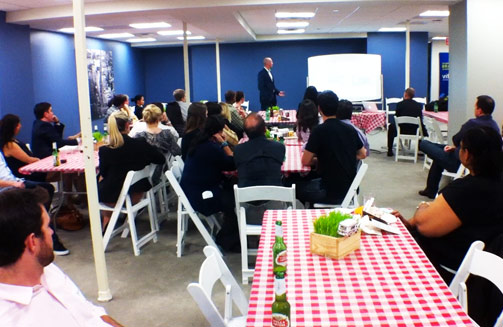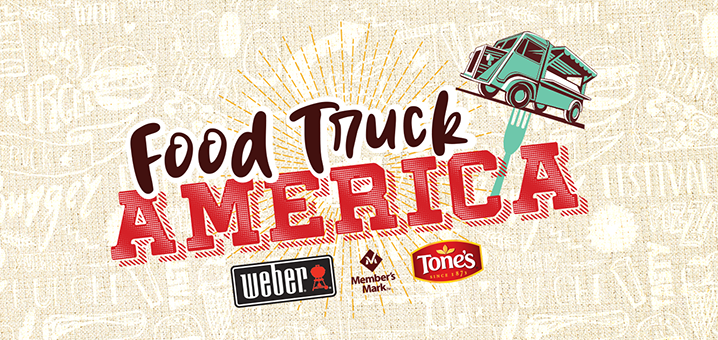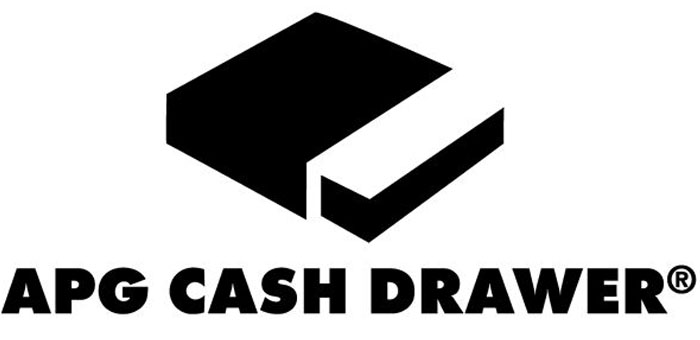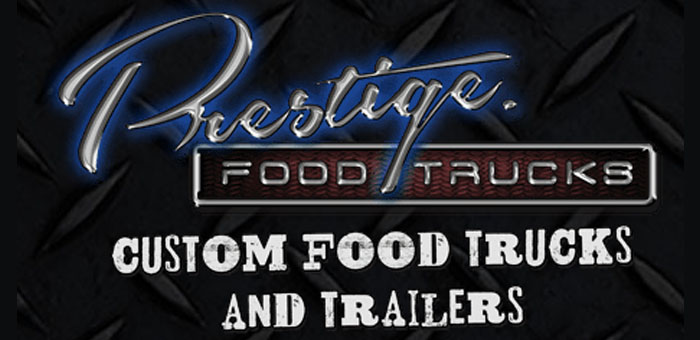NEW YORK, NY – Food trucks, like pop-ups, continue to be popular for events and stunts, and the use of such vehicles is evolving from simply doling out fare to acting as mobile entertainment units for television networks, portable shops for beauty and fashion companies, and even as a way to underscore a brand’s connection to big-name chefs. For Vitrue, a social media management and technology company, food trucks and how they promote themselves represent a number of new marketing approaches for brands to reach new customers and boost engagement, particularly through the use of social media platforms. On Tuesday, Vitrue hosted a discussion at its office with the Word of Mouth Marketing Association to illustrate these ideas.

The presentation, which followed an open networking reception with food provided by the Richshaw Dumpling Bar's truck and Wafels & Dinges, focused on the hyperlocal marketing, social media efforts, and experiential aspects of food trucks.
The evening event brought in bites from Rickshaw Dumpling Bar’s truck and Wafels & Dinges, and included a short presentation by Max Clark, Vitrue’s vice president of business development. Here’s what Clark highlighted as key points that brand marketers looking to expand social media and word-of-mouth efforts can learn from the success of food trucks:
1. Think from a hyperlocal perspective.
Hyperlocal is a buzzword that’s been thrown around a lot recently, largely in reference to blogs and media sites, but the term is also becoming part of the advertising and marketing vernacular, particularly when talking about highly targeted campaigns. As food trucks can only reach a small physical area at any given time, they effectively divide their audience into specific segments; reaching out to and finding the best spot to attract consumers in the Williamsburg section of Brooklyn is different from, say, getting the attention of residents and workers on the Upper West Side of Manhattan. Through social media, food trucks are able to tap into these different consumer bases to determine where demand is and further engage their fans.
2. Utilize social media to build demand and anticipation for marketing efforts.
“Food trucks are providing the same product that you can get at a restaurant, but in a very unique manner,” said Clark. It’s this built-in experiential aspect, Clark explained, that forms much of the appeal of food trucks. The mobile food carts are, in a sense, “promoting more than just the product—it really is an exclusive experience, making sure that you show up on time and having something that obviously has some scarcity around it.” Brands have been building on this approach with the use of food trucks, pop-ups, flash mobs, and other public promotions, but corporate entities can, like food trucks, boost awareness within their target consumer base by better leveraging platforms like Twitter, Facebook, and YouTube.
Find the entire article <here>



